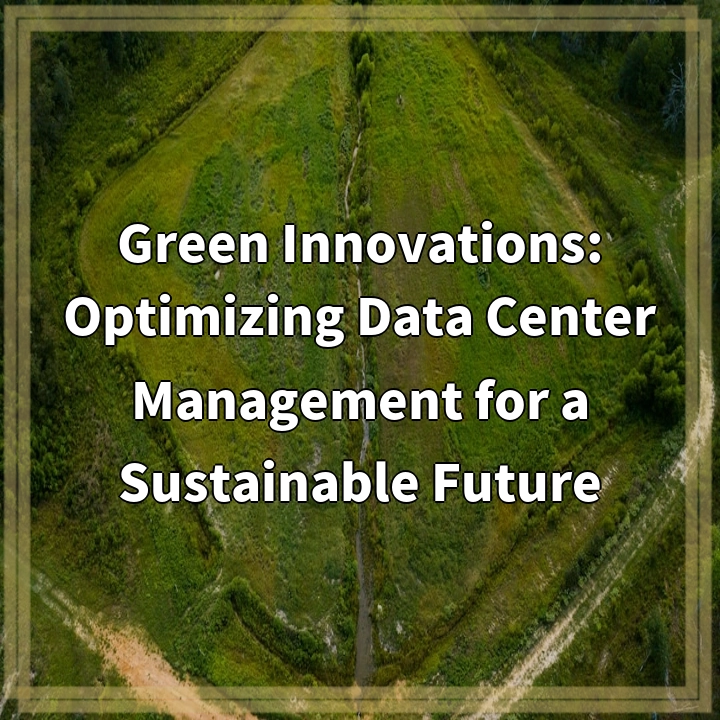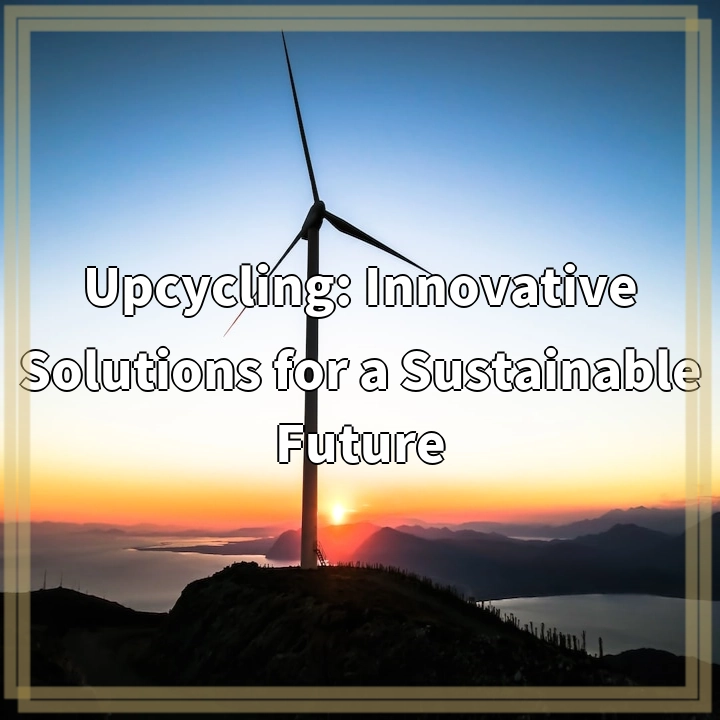
What it is:
Data centers play a crucial role in our increasingly digital world, serving as the backbone of technology infrastructure. These centers house a vast network of servers and equipment that power various online services, cloud computing, and data storage. However, the energy consumption and environmental impact of data centers have become a growing concern.
Real-World Problems Associated with Green Innovations in Data Center Management:
1. Energy Consumption:
Data centers consume massive amounts of energy to power and cool their equipment. Traditional data center infrastructure often relies on inefficient cooling systems and outdated technologies, resulting in excessive energy consumption. This not only contributes to significant greenhouse gas emissions but also leads to soaring operational costs for organizations.
2. Carbon Footprint:
The energy-intensive nature of data centers contributes to their significant carbon footprint. The massive amounts of electricity required are often sourced from non-renewable energy sources, such as fossil fuels. This reliance on fossil fuels further exacerbates the environmental impact, contributing to air pollution, climate change, and resource depletion.
3. Waste Generation:
Data centers generate substantial amounts of e-waste due to frequent equipment upgrades and replacements. The improper disposal of outdated or malfunctioning servers, cooling systems, and other hardware components contributes to electronic waste, which contains hazardous materials that can harm both human health and the environment if not handled properly.
4. Water Usage:
Cooling systems in data centers require large amounts of water, putting added strain on local water supplies, particularly in water-stressed regions. Additionally, the water used in cooling processes needs to be treated and managed efficiently to prevent water pollution before it can be safely returned to natural bodies of water.
5. Heat Dissipation:
The heat generated by data centers needs to be effectively managed to avoid overheating and equipment failure. Traditional cooling systems often rely on energy-intensive methods such as air conditioning, exacerbating the energy consumption and overall environmental impact of these facilities.
Addressing these challenges requires innovative approaches and sustainable practices in data center management. Green innovations aim to optimize energy efficiency, reduce carbon emissions, minimize waste generation, and implement responsible water management strategies. These solutions encompass implementing renewable energy sources, adopting efficient cooling systems, optimizing server utilization, embracing virtualization and cloud technologies, and prioritizing e-waste recycling and reduction.

Solutions for Green Innovations in Data Center Management:
1. Energy Efficiency Measures:
Implementing energy-efficient practices and technologies can significantly reduce the energy consumption of data centers. This includes using energy-efficient servers and equipment, optimizing cooling systems, and adopting power management techniques to minimize wasteful energy usage.
2. Renewable Energy Integration:
Integrating renewable energy sources such as solar, wind, or hydroelectric power can help data centers transition to more sustainable energy options. Investing in onsite renewable energy generation or purchasing renewable energy credits can greatly reduce carbon emissions associated with data center operations.
3. Virtualization and Cloud Technologies:
Virtualization and cloud technologies allow for better utilization of server resources, which leads to higher efficiency and reduced energy consumption. Consolidating physical servers through virtualization and leveraging cloud computing platforms can optimize resource allocation and minimize the need for additional hardware.
4. Waste Reduction and Recycling:
Data centers can adopt waste reduction strategies, such as extending the lifespan of equipment through regular maintenance and upgrades instead of complete replacements. Proper e-waste management and recycling programs should be implemented to ensure the responsible disposal and recycling of electronic equipment.
5. Water Management:
Data centers can implement water-efficient cooling technologies, such as water economizers and evaporative cooling, to minimize water consumption. Additionally, water recycling and treatment systems can help reduce the strain on local water supplies and minimize water pollution.
By implementing these solutions, data center operators can significantly reduce the environmental impact associated with their operations. Embracing green innovations not only helps to conserve resources and reduce carbon emissions but also leads to long-term cost savings and promotes a more sustainable future for the ICT industry.















